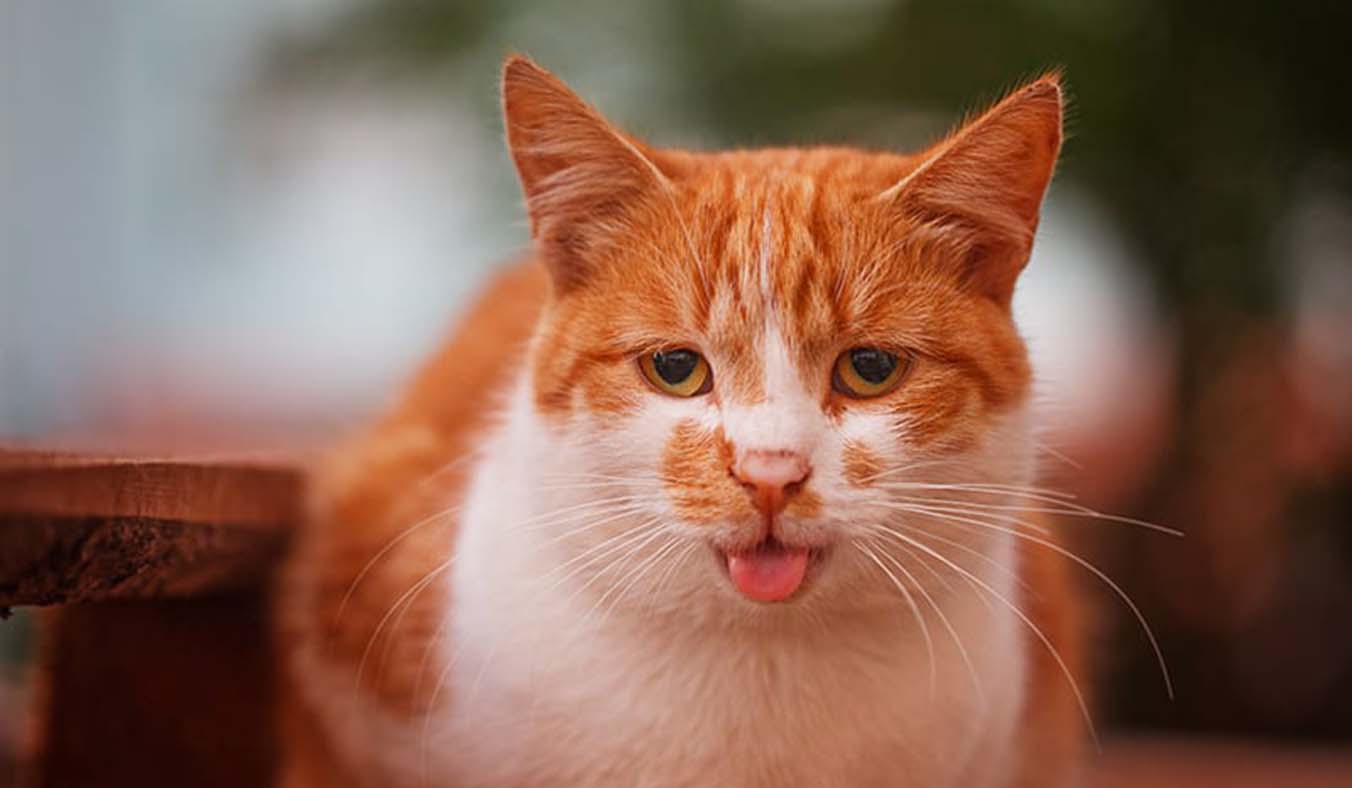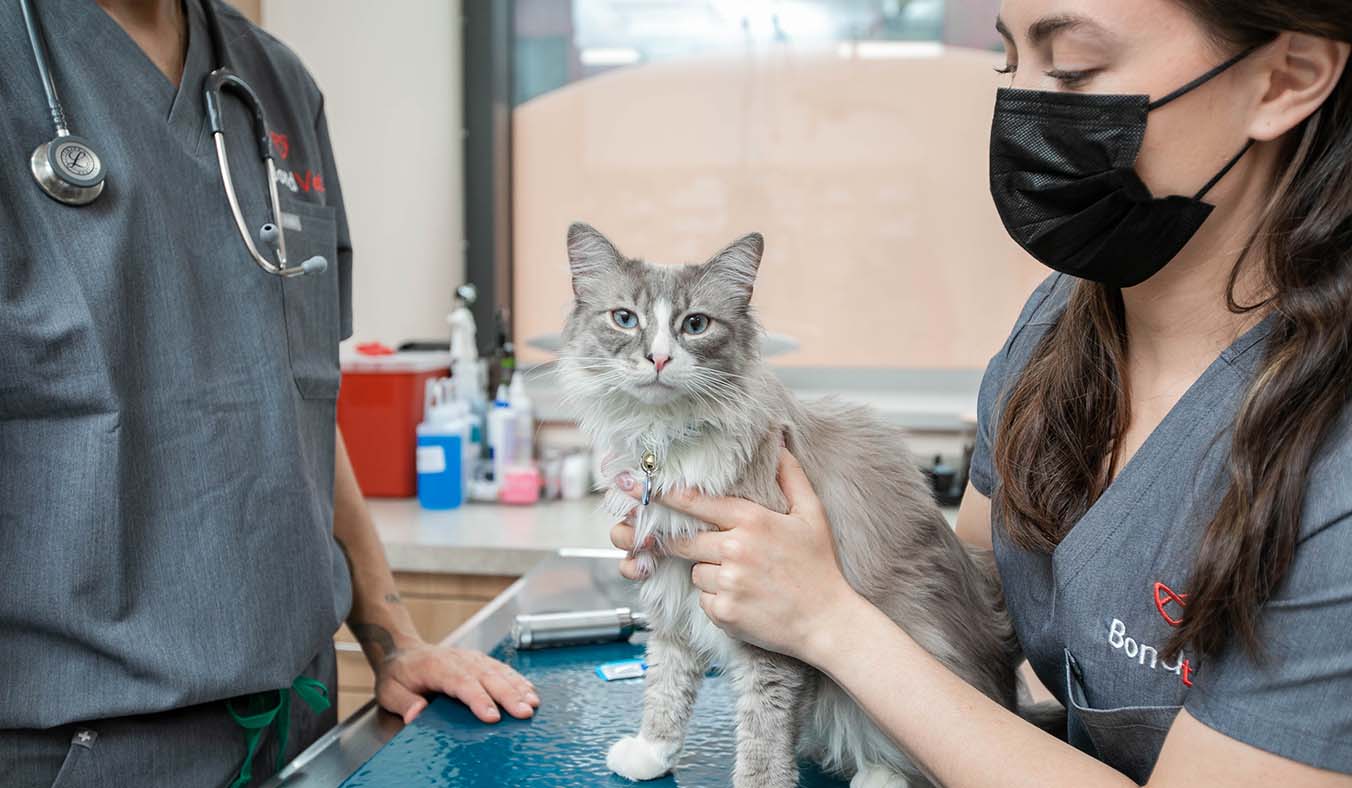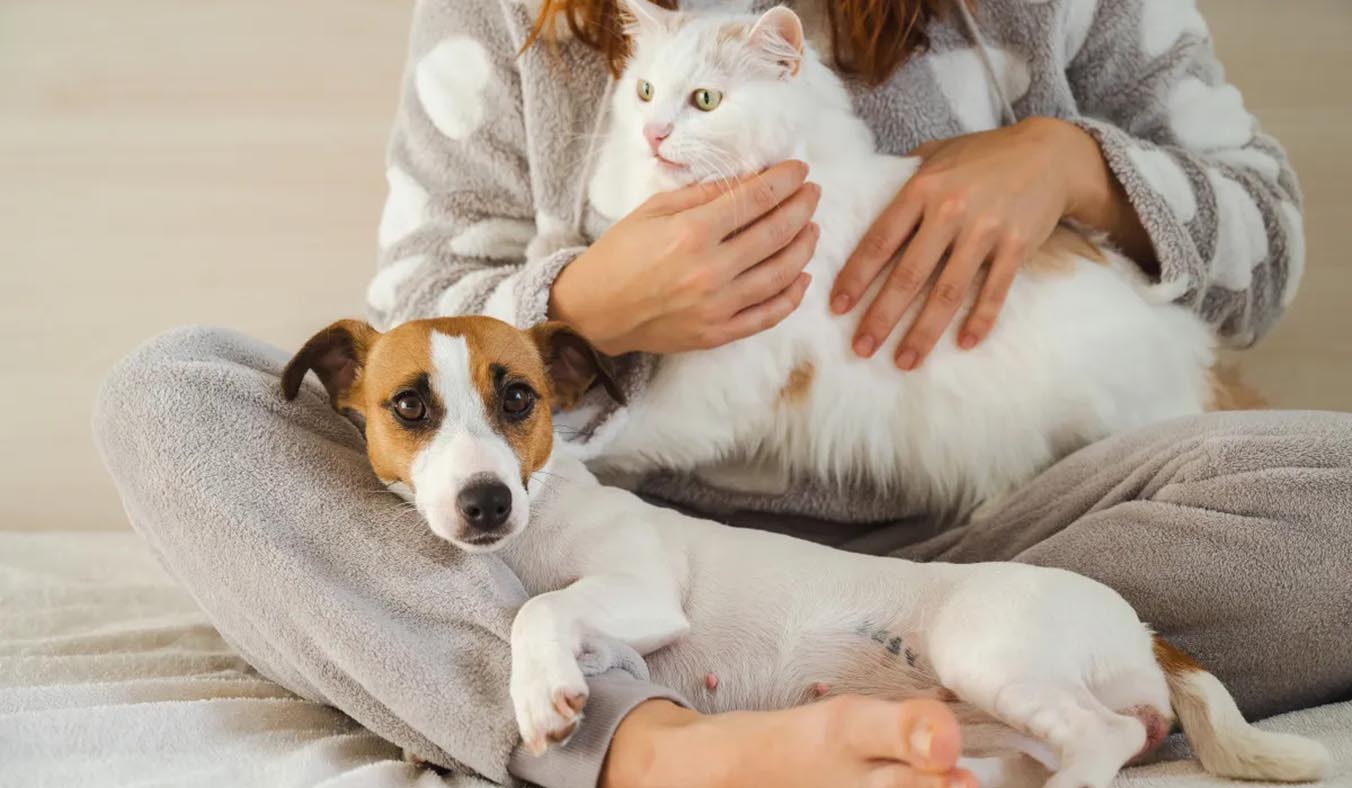Let’s delve into the crucial topic of recognizing signs of respiratory distress in cats. Understanding what constitutes normal breathing in cats, identifying abnormal respiratory signs, exploring potential causes of breathing difficulties, and learning how pet owners can offer assistance are vital aspects of ensuring the well-being of our feline companions.
Signs of Normal Cat Breathing:
Understanding what constitutes normal breathing in cats is essential for pet owners to recognize any deviations that may indicate potential health concerns. Here are some specific signs to look for:
- Rhythmic Breathing: Normal cat breathing is rhythmic and regular. Their chest and abdomen should rise and fall in a smooth, steady motion without any interruptions or irregularities. Each breath should follow a consistent pattern, indicating efficient respiratory function.
- Silent Respiration: Typically, normal breathing in cats is silent. You should not hear any wheezing, rasping, or crackling sounds during inhalation or exhalation. Healthy cats breathe quietly, without any audible effort or distress.
- Relaxed Posture: A cat at rest will exhibit a relaxed body posture, including their breathing pattern. When observing your cat, look for signs of relaxation, such as lying down with their legs tucked underneath them or stretched out comfortably. Their breathing should be effortless and natural, reflecting their state of calmness.
- Ease of Breathing: Normal breathing should appear effortless for your cat. There should be no visible signs of strain or difficulty with each breath. Their chest and abdomen should expand and contract smoothly with each inhalation and exhalation, without any signs of labored breathing.
By familiarizing yourself with these signs of normal cat breathing, you can better monitor your feline companion’s respiratory health and promptly recognize any deviations that may warrant veterinary attention. Regular observation and awareness of your cat’s breathing patterns are essential for maintaining their overall well-being.
Signs of Abnormal Breathing in Cats:
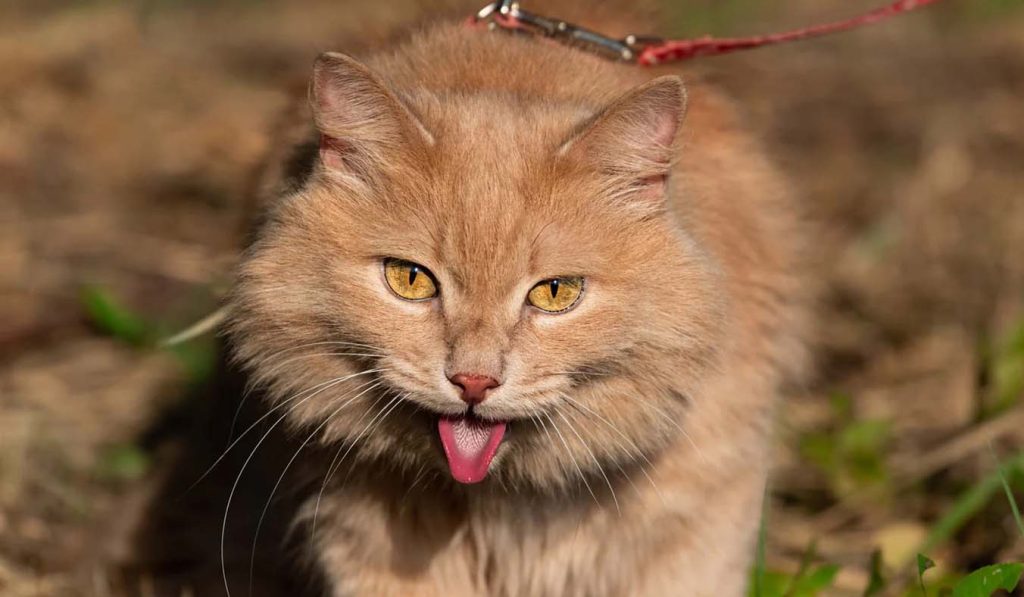
Recognizing abnormal respiratory signs in cats is crucial for pet owners to identify potential health issues early on and seek veterinary care promptly. Here are some specific signs of abnormal breathing to watch out for:
- Wheezing or Raspy Sounds: If you notice wheezing, rattling, or raspy noises during your cat’s breathing, it could indicate an underlying respiratory problem. These sounds may suggest airway obstruction, inflammation, or mucus buildup, requiring veterinary evaluation.
- Open-Mouth Breathing: Cats typically breathe through their noses, so open-mouth breathing is considered abnormal. If your cat is panting with their mouth open, it may indicate respiratory distress, heat exhaustion, or other serious health issues that require immediate attention.
- Rapid or Shallow Breathing: Breathing that is excessively fast or shallow can be a sign of respiratory distress or compromised lung function. Rapid breathing, also known as tachypnea, may occur due to conditions such as heart disease, lung disorders, or metabolic issues, warranting veterinary assessment.
- Gagging or Coughing: Persistent gagging or coughing in cats may indicate respiratory infections, asthma, allergies, or other respiratory conditions. These symptoms should not be ignored, as they could worsen over time and lead to respiratory distress or complications.
By paying close attention to these signs of abnormal breathing in your cat, you can promptly recognize any deviations from normal respiratory function and seek appropriate veterinary care. Early intervention is key to addressing respiratory issues effectively and ensuring the well-being of your feline companion.
Causes of Breathing Difficulties in Cats:
Understanding the potential causes of breathing difficulties in cats can help pet owners recognize when their feline companions need medical attention. Here are some common factors contributing to respiratory issues in cats:
- Respiratory Infections: Viral or bacterial infections, such as feline upper respiratory infections (URIs), are a leading cause of breathing difficulties in cats. These infections can result in symptoms such as nasal congestion, sneezing, coughing, and labored breathing.
- Asthma: Feline asthma is a chronic inflammatory condition of the airways that can cause episodes of wheezing, coughing, and difficulty breathing. Triggers for asthma attacks in cats may include environmental allergens, stress, or exercise.
- Heart Disease: Cats can develop various forms of heart disease, including hypertrophic cardiomyopathy (thickening of the heart muscle) and congestive heart failure. Heart conditions can lead to fluid buildup in the lungs (pulmonary edema), resulting in breathing difficulties, coughing, and lethargy.
- Allergies: Cats can be allergic to a range of environmental allergens, including pollen, dust mites, mold spores, and certain foods. Allergic reactions may manifest as respiratory symptoms such as sneezing, nasal discharge, and difficulty breathing.
- Obesity: Obesity is a significant risk factor for breathing difficulties in cats. Excess weight can put pressure on the airways and lungs, leading to labored breathing, decreased exercise tolerance, and increased risk of respiratory conditions such as obstructive airway disease.
- Foreign Bodies: Cats may inhale or ingest foreign objects, such as grass blades, hairballs, or small toys, which can become lodged in the airways and cause breathing difficulties. This can result in coughing, gagging, wheezing, or choking episodes.
- Trauma or Injury: Traumatic injuries to the chest or airways, such as blunt force trauma or laryngeal paralysis, can cause breathing difficulties in cats. Signs may include rapid or shallow breathing, vocalization, and reluctance to move or eat.
By understanding these potential causes of breathing difficulties in cats, pet owners can promptly seek veterinary care and appropriate treatment to alleviate their feline companions’ respiratory distress and ensure their well-being.
How Owners Can Help:
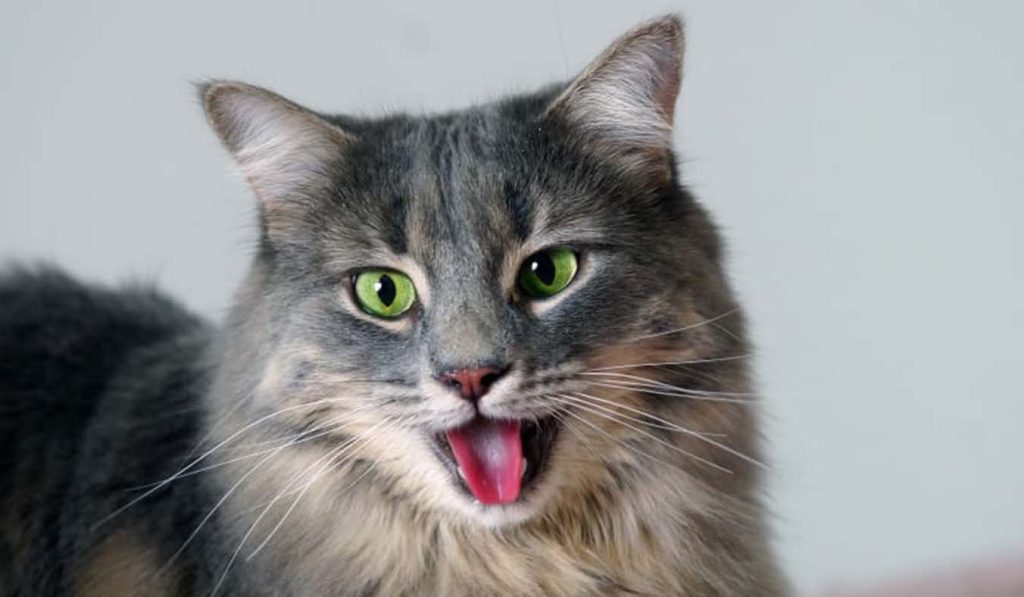
When faced with a cat experiencing respiratory distress, owners play a crucial role in providing comfort and support while awaiting veterinary assistance. Here’s how you can help your feline friend:
- Keep Calm and Reassure: Cats are sensitive to their owners’ emotions, so staying calm and reassuring your cat can help alleviate their anxiety, which may worsen breathing difficulties.
- Monitor Vital Signs: Pay close attention to your cat’s breathing rate, heart rate, and overall demeanor. Monitoring these vital signs can provide valuable information to share with your veterinarian.
- Create a Quiet Environment: Establish a quiet and peaceful environment for your cat to rest. Reduce noise and activity around the house to minimize stress, which can exacerbate respiratory distress.
- Minimize Exposure to Irritants: Identify and eliminate potential respiratory irritants in your cat’s environment. Avoid smoking indoors, use air purifiers to reduce airborne allergens, and keep your home clean and dust-free.
- Administer Medications as Directed: If your veterinarian has prescribed medications or treatments for your cat’s respiratory condition, follow their instructions carefully. Administer medications on time and in the correct dosage to help alleviate symptoms and promote healing.
- Provide Supportive Care: Offer your cat plenty of fresh water to drink and ensure they have easy access to their litter box and food. Monitor their appetite and hydration levels closely, as respiratory distress can affect their ability to eat and drink normally.
- Transport Safely to the Veterinarian: If your cat’s respiratory distress is severe or worsening, transport them to the veterinarian safely and promptly. Use a secure carrier to transport your cat, and avoid handling them excessively to prevent further stress.
By providing attentive care and seeking timely veterinary attention, owners can help their cats navigate respiratory distress and facilitate a speedy recovery.
By staying vigilant for signs of respiratory distress and seeking timely veterinary care, pet owners can play a crucial role in safeguarding their cat’s respiratory health and overall well-being.
